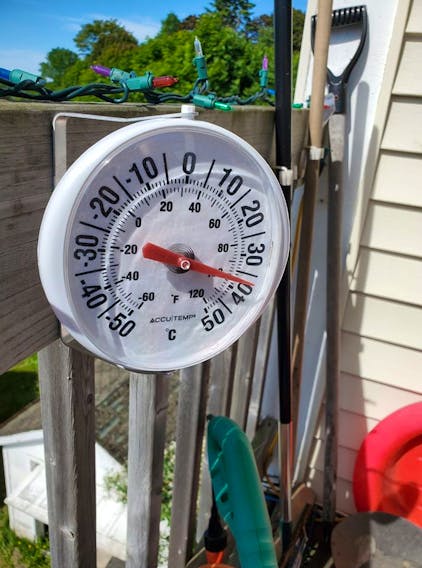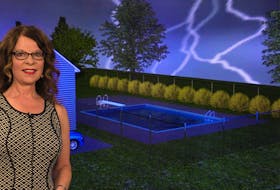Most days, people don’t pay that much attention to the current temperature map; the focus is usually on the storm tracker or the long-range forecast.
This week, though, my inbox has been inundated with comments and questions about the temperature. Most emails start with, "I don't know where you get your temperatures, but it's a lot warmer than that here…"
One day last week, I got an email from Cheryl. She wanted to know why there is such a big difference between the temperatures on my hourly temperature map and the temperature readings she’s getting on her backyard thermometer.
There are a few reasons. First of all, we measure the air temperature over an area to better understand the type of air mass we’re dealing with. It also helps us understand local land and sea wind patterns and the impact these patterns have on the weather around us. For that reason, we have to be sure that there is some consistency or a standard way of measuring air temperature.
Weather stations, whether they are operated by a weather service or an amateur observer, include an instrument shelter called a Stevenson screen. It’s a white box - the colour white reflects away sunlight; it sits 1.5 metres above the ground. It has louvres, or slats, on the sides to allow the air to flow freely in and out, and, this is important, it is ventilated!
I also hear from people who tell me their “shade” temperatures are 10 degrees warmer than the official readings I’m showing. That’s possible. Even if your thermometer is in the shade, perhaps the sun is hitting the upper level of your home, a nearby fence or other large objects. After a while, these things begin to radiate heat and can impact your “shade” temperature!
Maybe now you’re wondering why we measure the air temperature in the shade. Why not measure sunlight temperatures?
Some people think that a direct sun temperature would better reflect the comfort level of the day. I don’t agree. So many things go into determining how comfortable you feel that even a thermometer in the sun isn't likely to be a good guide. Some of the factors include the humidity, what kind of clothing you are wearing, what you are doing - running a marathon or sitting on the grass by a pond, how fast the wind is blowing and whether it's blowing from a hot or cool place.
The humidex makes it possible to factor in the humidity, but the other variables are so complex that coming up with formulas is difficult.
Even something that seems as simple as the temperature can become pretty complicated when you start looking into it in detail.
- Want more weather information? Visit your weather page.
- Have a weather question, photo or drawing to share with Cindy Day? Email [email protected]
Cindy Day is the chief meteorologist for SaltWire Network









